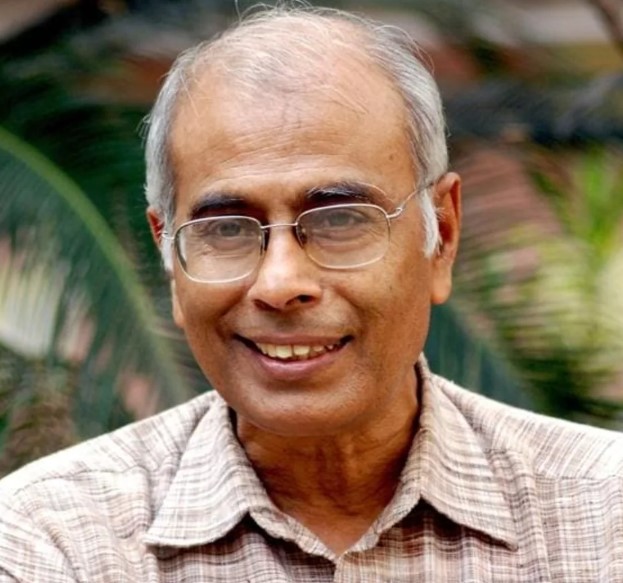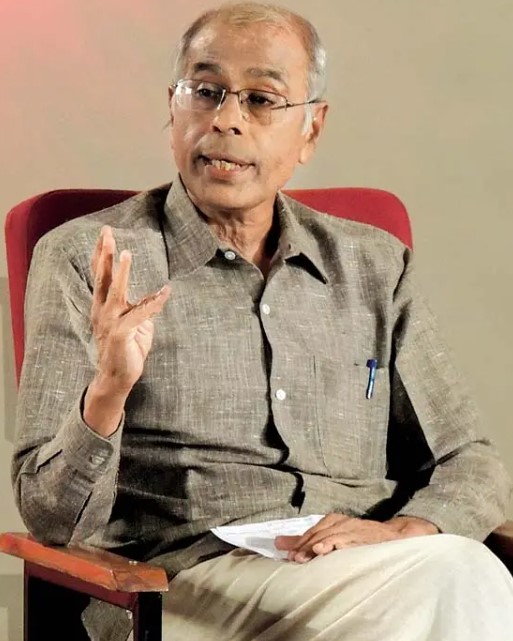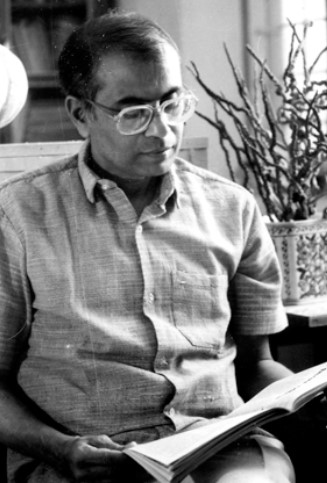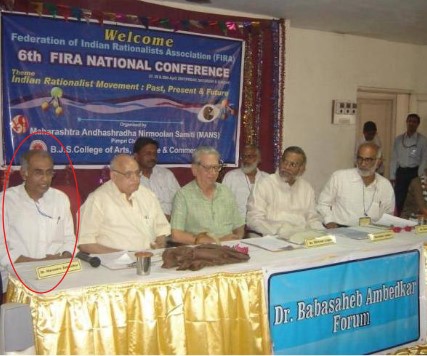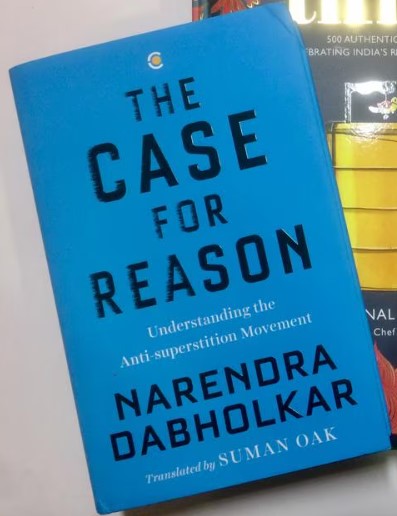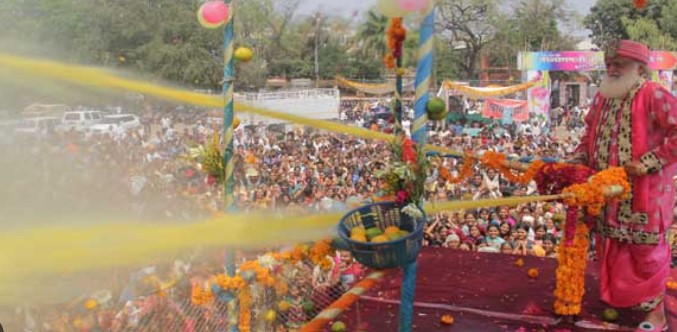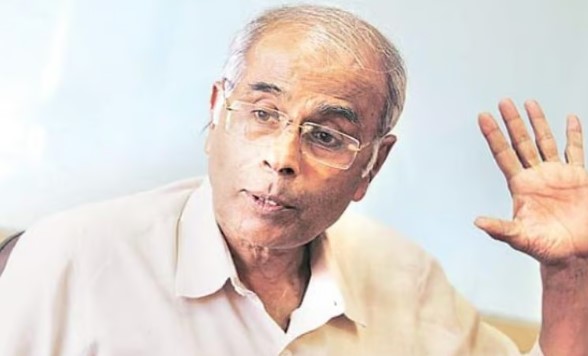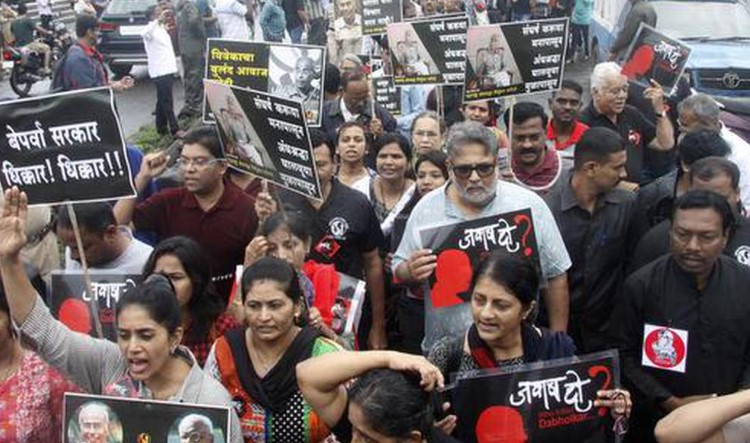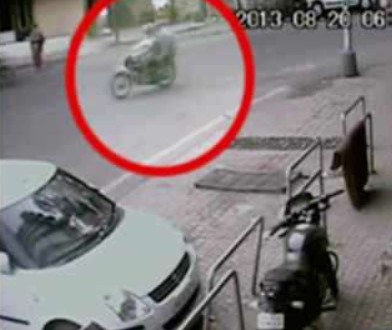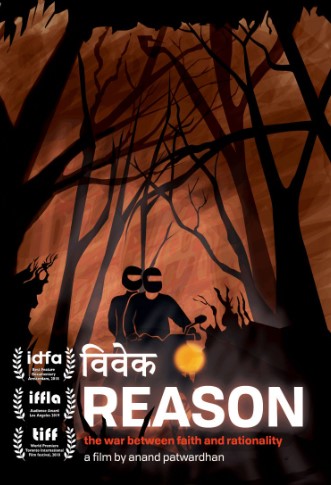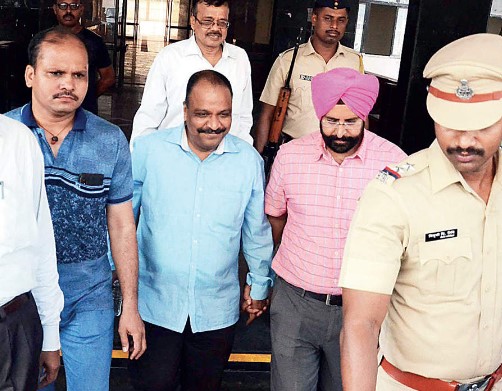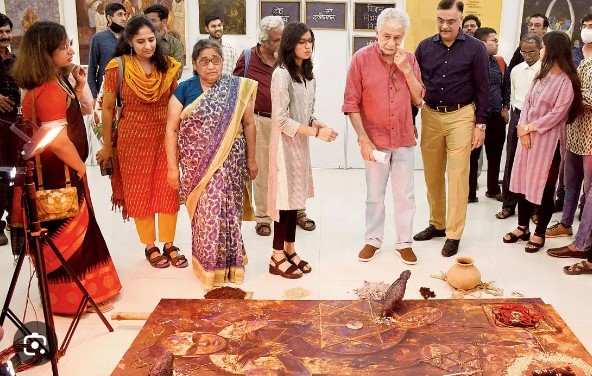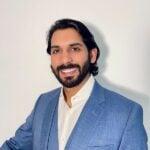Narendra Dabholkar Age, Death, Wife, Family, Biography
Quick Info→
Death Cause: Gunshot Wound
Death Date: 20/08/2013
Age: 67 Years
| Bio/Wiki | |
|---|---|
| Full Name | Narendra Achyut Dabholkar |
| Profession | Social activist |
| Known for | Being the founder-president of Maharashtra Andhashraddha Nirmoolan Samiti (MANS) |
| Physical Stats & More | |
| Eye Colour | Black |
| Hair Colour | Grey |
| Award | 2014: Padma Shri (posthumous) |
| Personal Life | |
| Date of Birth | 1 November 1945 (Thursday) |
| Birthplace | Satara, Bombay Province, British India |
| Date of Death | 20 August 2013 |
| Place of Death | Pune, Maharashtra, India |
| Age (at the time of death) | 67 Years |
| Death Cause | Gunshot wound |
| Zodiac sign | Scorpio |
| Nationality | Indian |
| Hometown | Satara, Bombay Province, British India |
| School | • New English School, Satara • Willingdon College, Sangli |
| College/University | Government Medical College, Miraj, Sangli, Maharashtra |
| Educational Qualification | MBBS |
| Religion | Atheist |
| Caste | Brahmin [1]NDTV |
| Relationships & More | |
| Marital Status (at the time of death) | Married |
| Family | |
| Wife/Spouse | Dr. Shaila Dabholkar (social activist)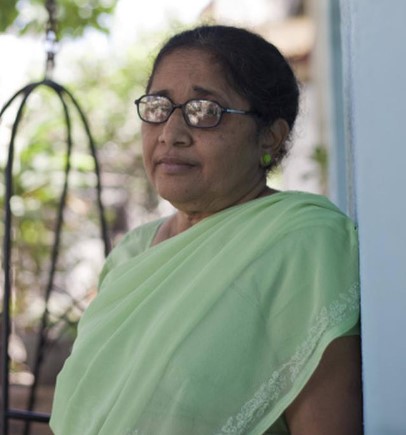 |
| Children | Son- Dr. Hamid Dabholkar (psychiatrist) Daughter- Mukta Dabholkar (social activist)  |
| Parents | Father- Achyut Dabholkar Mother- Tarabai Dabholkar |
| Siblings | Brothers • Devdatta Dabholkar (educationalist, socialist) 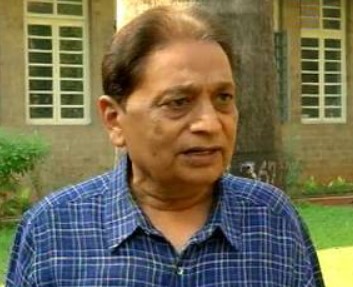 • Shripad Dabholkar (activist) 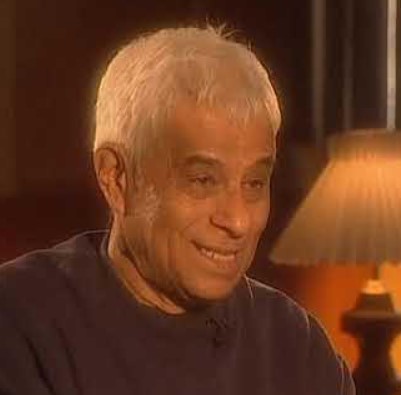 Note: He had 9 siblings. |
| Other Relatives | Nephew- Atish Dabholkar (theoretical physicist)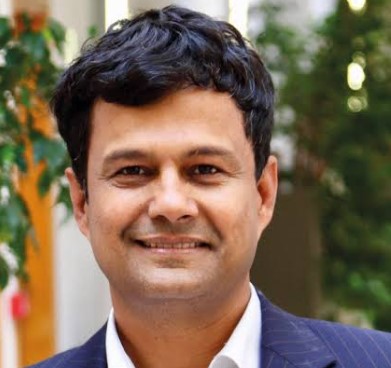 |
Some Lesser Known Facts About Narendra Dabholkar
- During his college days, Narendra Dabholkar was the captain of the Shivaji University Kabaddi team.
- He once represented India in a Kabaddi tournament against Bangladesh.
- Narendra Dabholkar was the recipient of the Shiv Chhatrapati Yuva Award for Kabaddi from the Maharashtra government.
- After completing his MBBS, he worked as a professional doctor for 12 years.
- Narendra Dabholkar named his son, Hamid, after the social reformer Hamid Dalwai.
- He often opposed grand wedding ceremonies. He arranged simple weddings for his children. He did not consult any religious book to choose a traditional auspicious time for the weddings of his children.
- Narendra Dabholkar often supported inter-caste marriages and opposed caste panchayat orders that did not allow one to get married outside one’s caste or community.
- He became a social worker in the 1980s and joined many social justice movements including Baba Adhav’s ‘One Village One Well’ initiative.
- During his entire social service, Narendra Dabholkar worked on eliminating superstition. He was a member of the Akhil Bharatiya Andhashraddha Nirmoolan Samiti (ABANS).
- In 1989, he founded the Maharashtra Andhashraddha Nirmoolan Samiti (M.A.N.S), an organisation that works against superstitions. It often challenges many fake holy men who claim to cure illnesses with miracles.
- Narendra Dabholkar often criticized many religious priests who claimed to perform miracles and had many followers.
- He was a founding member of Parivartan, a social action centre in the Satara district that helps poor people.
- Narendra Dabholkar was closely associated with the Indian rationalist Sanal Edamaruku.
- He was the editor of Sadhana, a Marathi weekly magazine. He was also the vice-president of the Federation of Indian Rationalist Associations (FIRA).
- From 1990 to 2010, Narendra Dabholkar actively participated in many movements organised for Dalit equality. These movements were against the caste system and caste-related violence.
- He often supported renaming Marathwada University after B. R. Ambedkar.
- Apart from being a physicist, Narendra Dabholkar was a noted author who published many books on superstition and delivered more than 3,000 public speeches. Some of his books include Ladhe Andhashraddheche, Prashna Tumcha Uttar Dabholkaranche, The Case for Reason: Volume One: Understanding the Anti-superstition Movement, and Please Think.
- In March 2013, when Asaram Bapu used drinking water to celebrate Holi in Nagpur, he criticised him for doing so. During that time, Maharashtra was facing a drought.
- Many Indian critics blamed Dabholkar for being anti-religious and anti-Hindu. However, he clarified that the bill did not mention anything about God or religion. It was about stopping fraudulent and exploitative practices.
- On 6 August 2013, he stated during a press conference that the bill was presented in seven sessions of the state assembly but was never discussed. He criticized the Chief Minister of Maharashtra, Prithviraj Chavan, for the same.
- On 20 August 2013, Narendra Dabholkar was murdered during a morning walk near Omkareshwar temple in Pune. Dabholkar was hit in the head and chest and died on the spot.
- He was shot by two gunmen at 7:20 am. They fired four rounds at him, then fled on a motorcycle.
- The day after his murder, the Maharashtra Cabinet approved the Anti-Superstition and Black Magic bill, but it needed parliamentary support to become a law.
- After 29 amendments, the ordinance was passed on 18 December 2013.
- Narendra Dabholkar faced many death threats and assaults since 1983, but he always refused police protection. Once, asked about the threats, he said that he did not need any protection in his own country as he was fighting within the system of the Indian constitution. He added that his bill was not against anyone but for everyone.
References/Sources:

